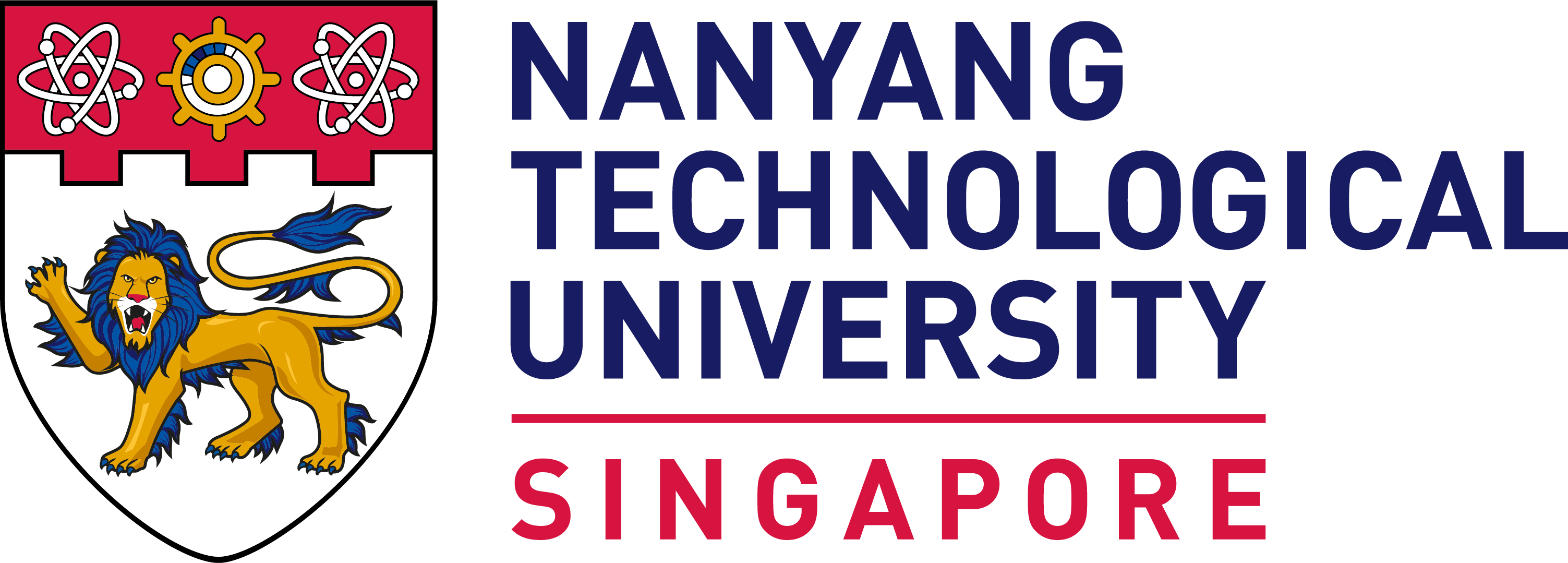Goh Hong Yi (Beatty Secondary School (Singapore))
Tham Chin Pang Joseph (Academy of Singapore Teachers (Singapore))
Keywords
History
Secondary School
Role-Play
Introduction
For the average fourteen-year-old student in Singapore, knowledge about the nation’s road to independence may be limited to a rather narrow field-of-view, i.e. seen through the actions of leaders from the People’s Action Party (PAP) and the events that led to the achievement of independence under Mr. Lee Kuan Yew’s leadership. They may not be aware of the different political parties that were vying for political power at the time or the complex circumstances that paved the road towards independence. While the ruling party and our first Prime Minister undoubtedly played a significant role during this period in Singapore’s history, the sheer prominence of the dominant political party in the state’s narrative may impede students’ understanding of the past and their awareness of the diversity of experiences during this period. Students’ lack of knowledge about the historical context of post-war Singapore would lead them to view the current government’s dominance in Singapore’s politics as natural and inevitable. However, to develop deeper historical understandings, students would not only need to know the various personalities, as well as the actions of prominent leaders of the time, but also the reasons and the circumstances that led to the political contest and the PAP’s eventual victory in the elections.
How might we design suitable learning experiences that can allow students to appreciate factors that had influenced political developments in Singapore in the 1950s? One way is to perhaps reduce their fixation with attributing significance primarily to the actions of the PAP and to show how other political parties at that point in time were themselves seen as viable options in their own right. A teaching strategy that uses role-play as a centrepiece may help enhance students’ historical empathy and enable them to recognize the diversity of perspectives that existed during this complex period.
Issues in teaching the history of Singapore’s political development
Chapter 6 of the Lower Secondary History syllabus is titled, What aspirations did people have for Singapore from 1945 – 1959? This is an especially challenging topic to teach, and much of it may be due to inadequate knowledge base that students had to learn prior to this chapter.
